Why California is the perfect lab for a minimum wage hike
A state this large and this diverse should offer few hiding places for minimum wage haters

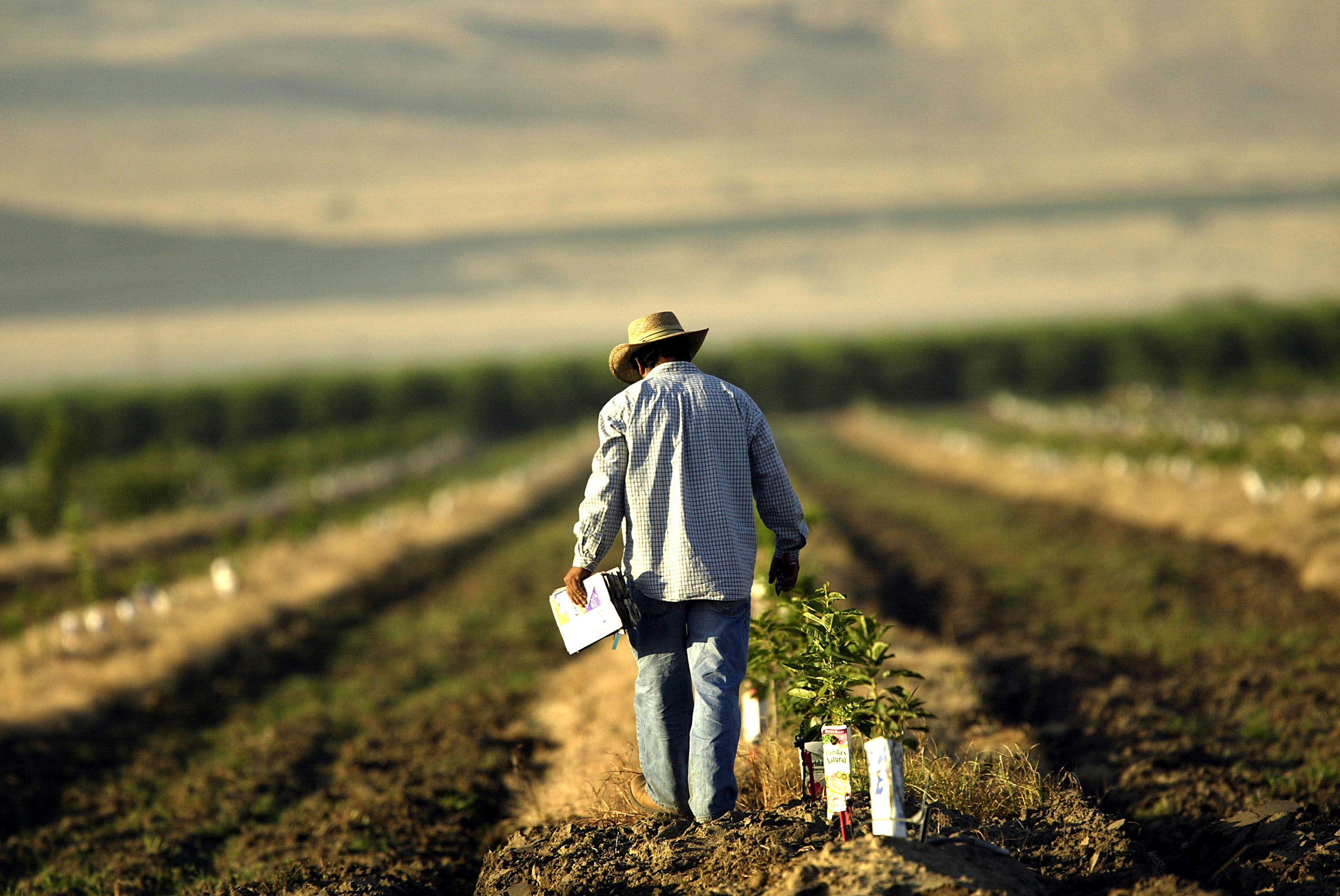
Apparently California decided this past weekend to settle the national minimum wage debate once and for all.
Specifically, lawmakers and labor unions struck a deal to raise the state's minimum wage first to $10.50 next year and then to $15 an hour in 2022. The minimum would be linked to inflation from there on out. It remains a political agreement between the stakeholders, and the statutory language still has to actually pass the legislature.
But if it holds, this will basically put all the major arguments against the minimum wage to a real-world test.
The Week
Escape your echo chamber. Get the facts behind the news, plus analysis from multiple perspectives.

Sign up for The Week's Free Newsletters
From our morning news briefing to a weekly Good News Newsletter, get the best of The Week delivered directly to your inbox.
From our morning news briefing to a weekly Good News Newsletter, get the best of The Week delivered directly to your inbox.
To understand how, let's review how skepticism of the minimum wage debate has evolved over time.
It started out as a classical Economic 101 argument: If you raise the price of widgets, demand for widgets will drop and people will buy less of them. Ergo the same logic should apply to labor: Raising its price will reduce demand for it, which means less job creation and higher unemployment.
It didn't work out that way: Research on real-world examples of minimum wage hikes has had enormous trouble pinning down any effect on employment. The reason for this really ought to be intuitive: Labor isn't widgets. Labor is people.
This means that minimum wage hikes essentially force employers to give employees a bigger slice of a business' earnings, putting more money in the pockets of workers down the income ladder. Since the vast majority of households that stand to benefit from a minimum wage hike have very low savings rates, basically all the money from the increase goes into more consumption. This means more aggregate demand — which means more jobs.
A free daily email with the biggest news stories of the day – and the best features from TheWeek.com
This realization has led to new iterations of the anti-minimum wage argument. Now some economists worry that if you raise the minimum wage high enough, the increasing price of labor effectively outruns the ability of aggregate demand to keep up. The rule of thumb they've come up with is that the minimum wage for a particular labor market shouldn't exceed one half of the median income in that particular labor market.
Another point that gets made is that not all labor markets are alike: Urban centers with high costs of living and lots of well-off consumers might be able to shoulder a high minimum wage just fine, but what about smaller towns and rural areas? Opponents also argue that while minimum wage hikes may not cost jobs in the aggregate, they may lock some Americans — like younger workers looking to get their start, for example — out of the job market.
California will test all of this: Adjusting for inflation, the $15 minimum wage will be almost 60 percent of the state's likely median wage in 2022. California isn't a single city like Seattle; it's a huge state with lots of different labor markets, from Silicon Valley to downtown Los Angeles to small town farming. By itself, it's the world's eighth-largest economy and accounts for over 10 percent of the U.S. population. We'll be able to see how lots of different labor markets in California are affected, along with lots of different categories of workers: those without college degrees, those under 25 years of age, and so forth.
And how does this minimum wage hike compare to history? Well, 60 percent of the median wage is bold, but it's not crazy. The national minimum was 50 percent of the national median wage in 1980. More to the point, it was over 60 percent that same year in states like North Carolina, Arkansas, Maine, and Florida. And if you look at the business cycle peak just before the 1981 recession, the unemployment rates in all those states got almost as low or lower than the national unemployment rate.
As for youth unemployment, it was doing fine nationally back in mid-century, when the real value of the minimum wage was at its peak. Internationally, France does have a minimum wage that's 60 percent of its median and it has very high youth unemployment. But then there's a lot wrong with France's labor market that has nothing to do with the minimum wage.
The point isn't that California isn't taking a risk. It is. But while a minimum wage of $200 an hour would get us well past the tipping point, that doesn't tell us how close we are to the tipping point now. "All the empirical evidence we have is that we're still a long ways from it," J.W. Mason, an economics professor at John Jay College, told The Week. "And the reality is how are you going to find out? You're going to find out when you start seeing job losses."
So one way or another, come 2022, lots of people will have some explaining to do.
Jeff Spross was the economics and business correspondent at TheWeek.com. He was previously a reporter at ThinkProgress.
-
 The pros and cons of noncompete agreements
The pros and cons of noncompete agreementsThe Explainer The FTC wants to ban companies from binding their employees with noncompete agreements. Who would this benefit, and who would it hurt?
-
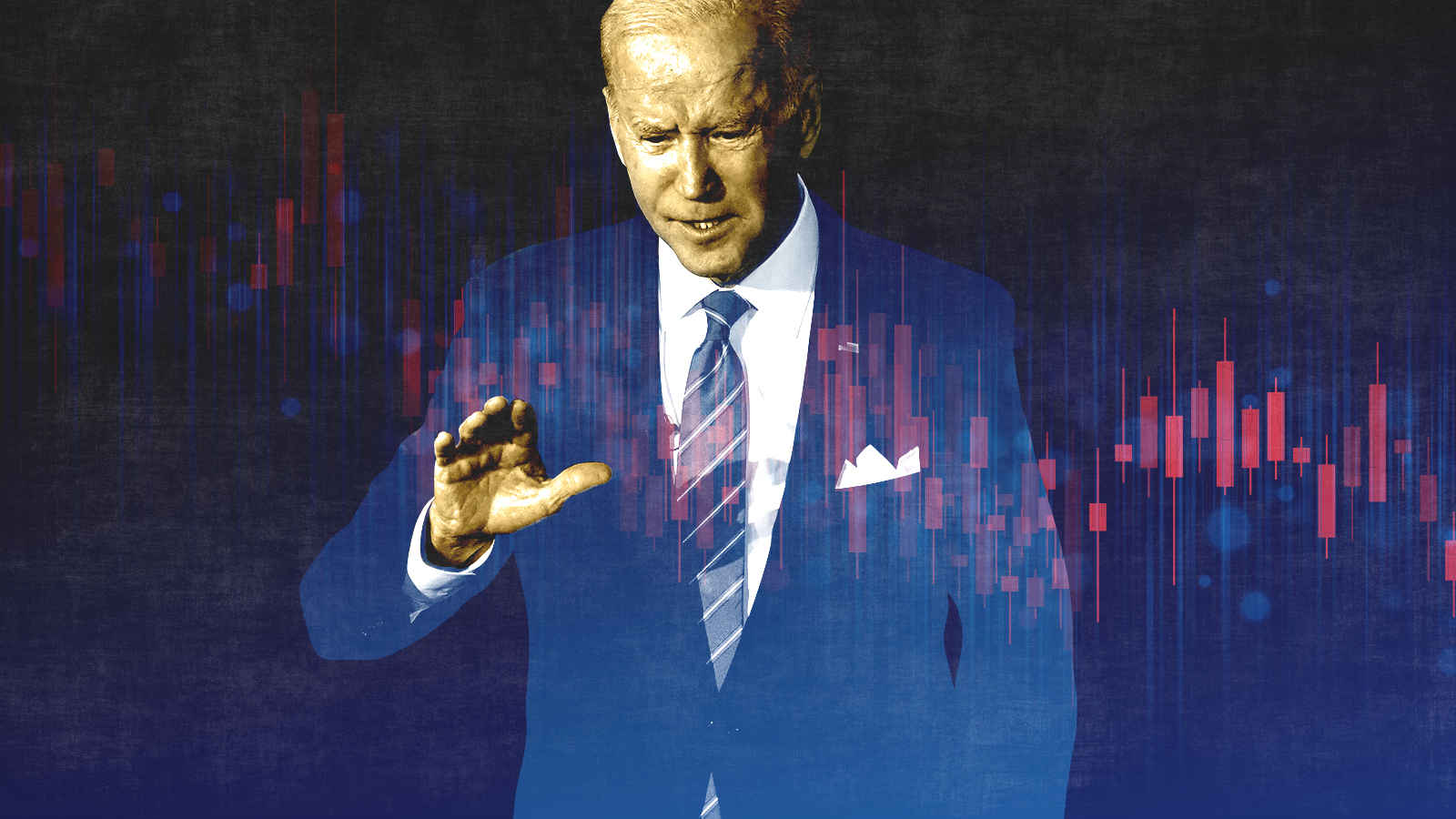 What experts are saying about the economy's surprise contraction
What experts are saying about the economy's surprise contractionThe Explainer The sharpest opinions on the debate from around the web
-
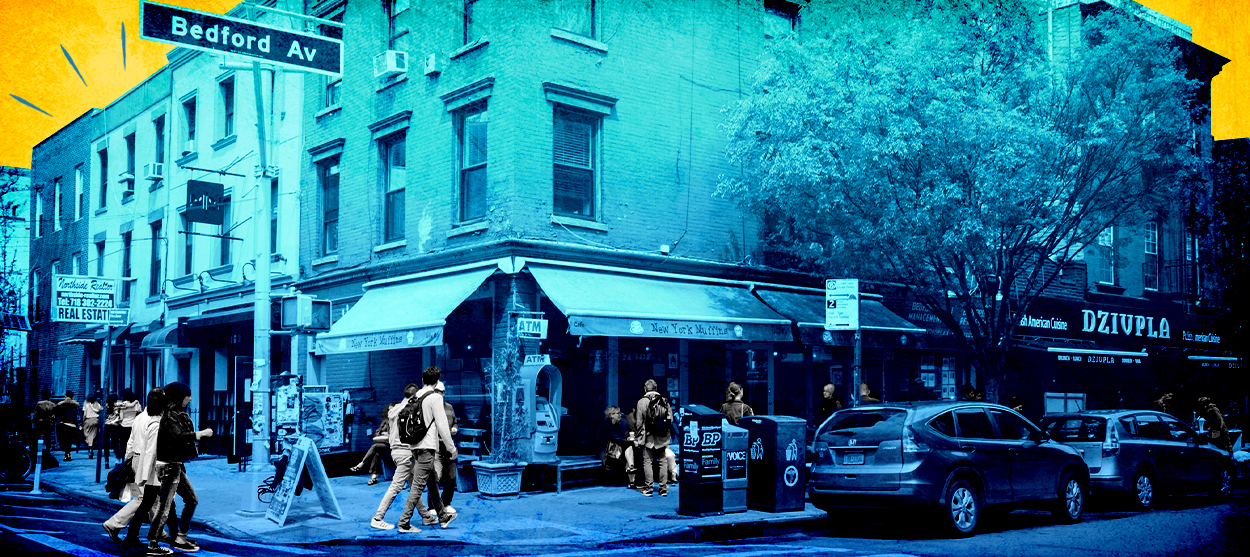 The death of cities was greatly exaggerated
The death of cities was greatly exaggeratedThe Explainer Why the pandemic predictions about urban flight were wrong
-
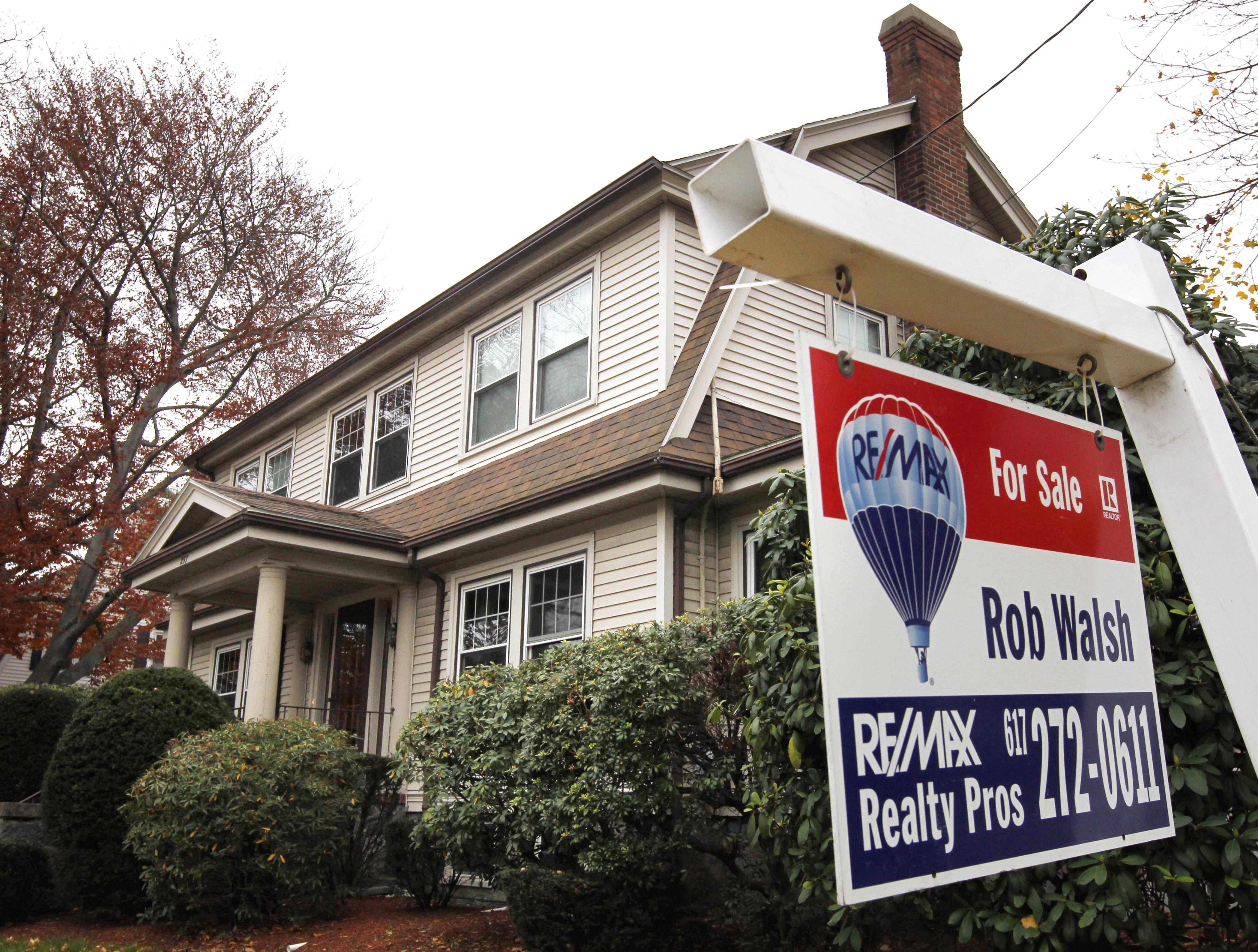 The housing crisis is here
The housing crisis is hereThe Explainer As the pandemic takes its toll, renters face eviction even as buyers are bidding higher
-
 How to be an ally to marginalized coworkers
How to be an ally to marginalized coworkersThe Explainer Show up for your colleagues by showing that you see them and their struggles
-
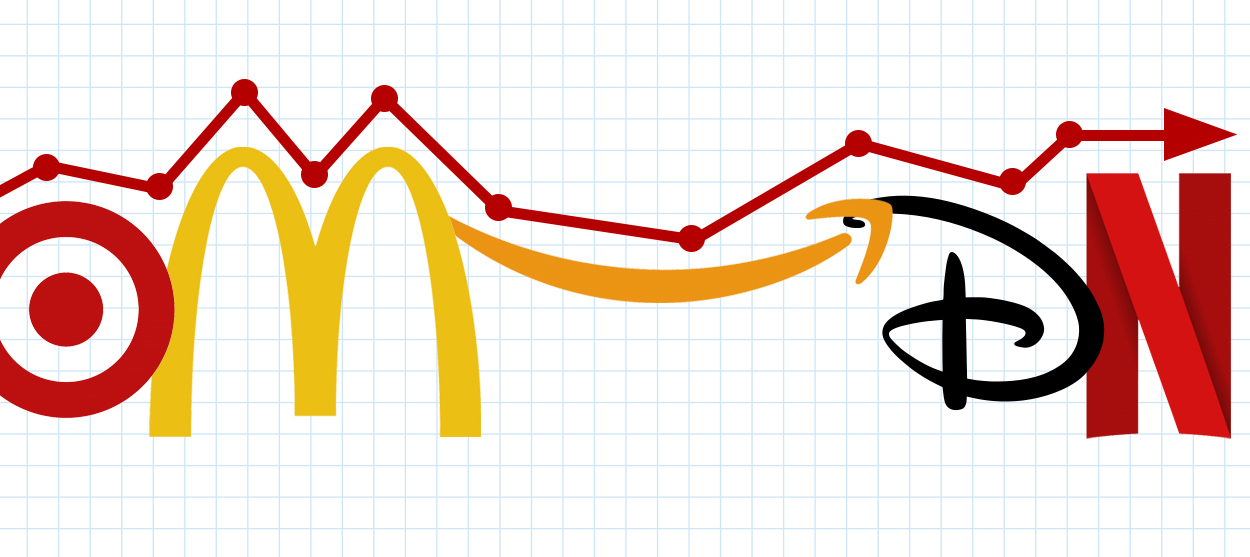 What the stock market knows
What the stock market knowsThe Explainer Publicly traded companies are going to wallop small businesses
-
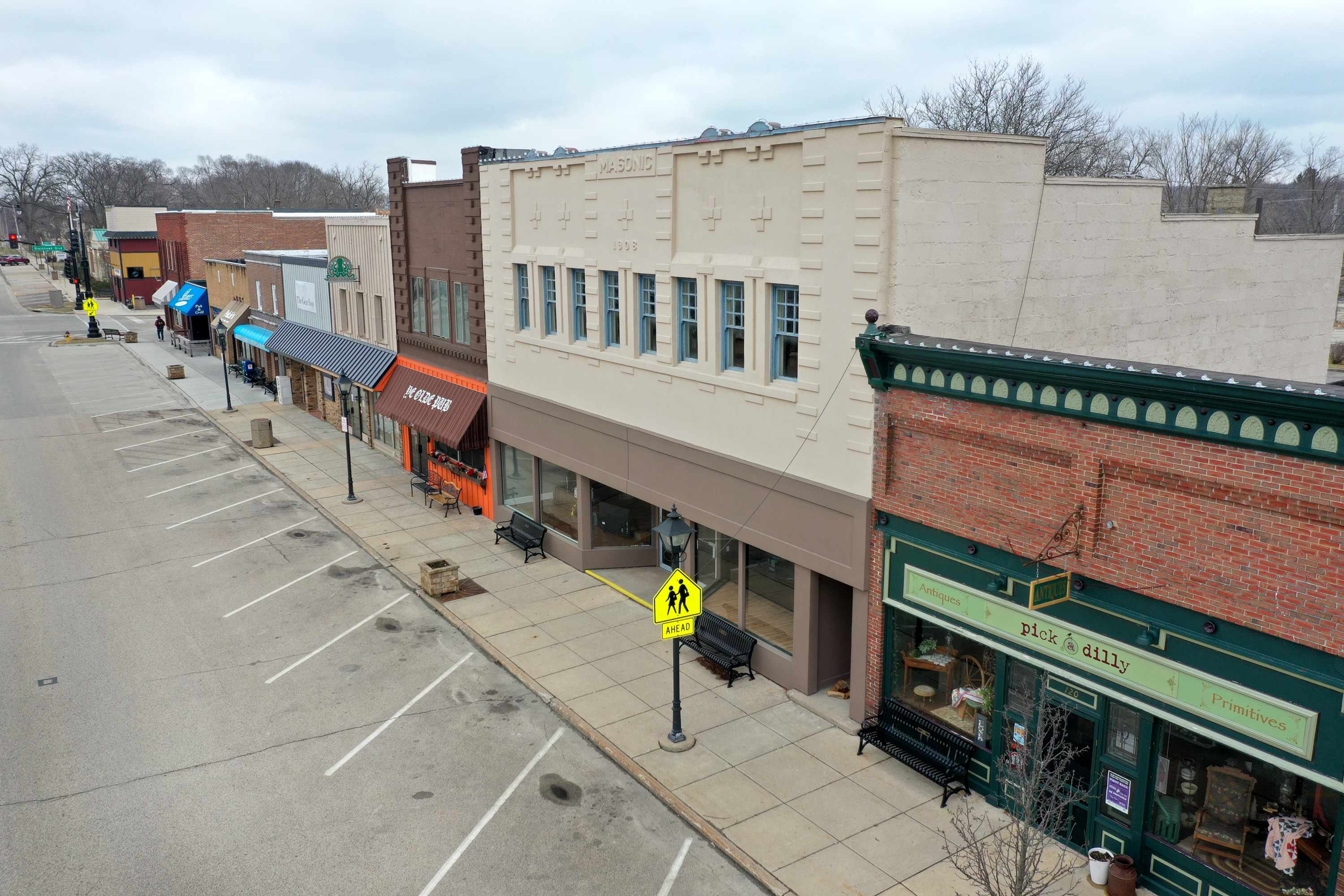 Can the government save small businesses?
Can the government save small businesses?The Explainer Many are fighting for a fair share of the coronavirus rescue package
-
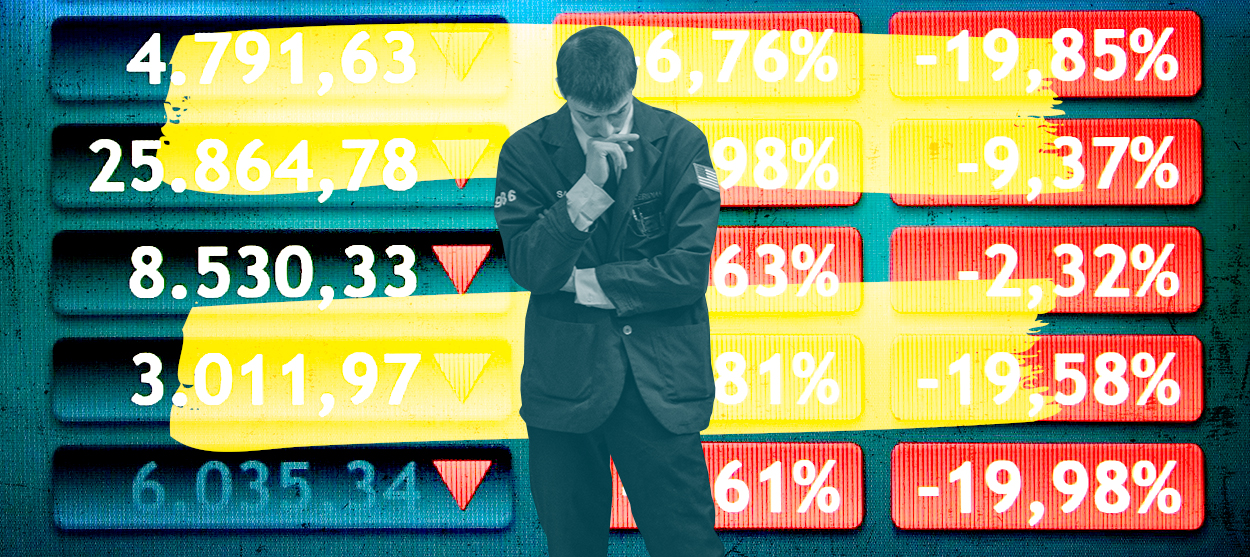 How the oil crash could turn into a much bigger economic shock
How the oil crash could turn into a much bigger economic shockThe Explainer This could be a huge problem for the entire economy

